Home>Gardening & Outdoor>Outdoor Recreation & Activities>How To Keep Grackles Away From A Swimming Pool
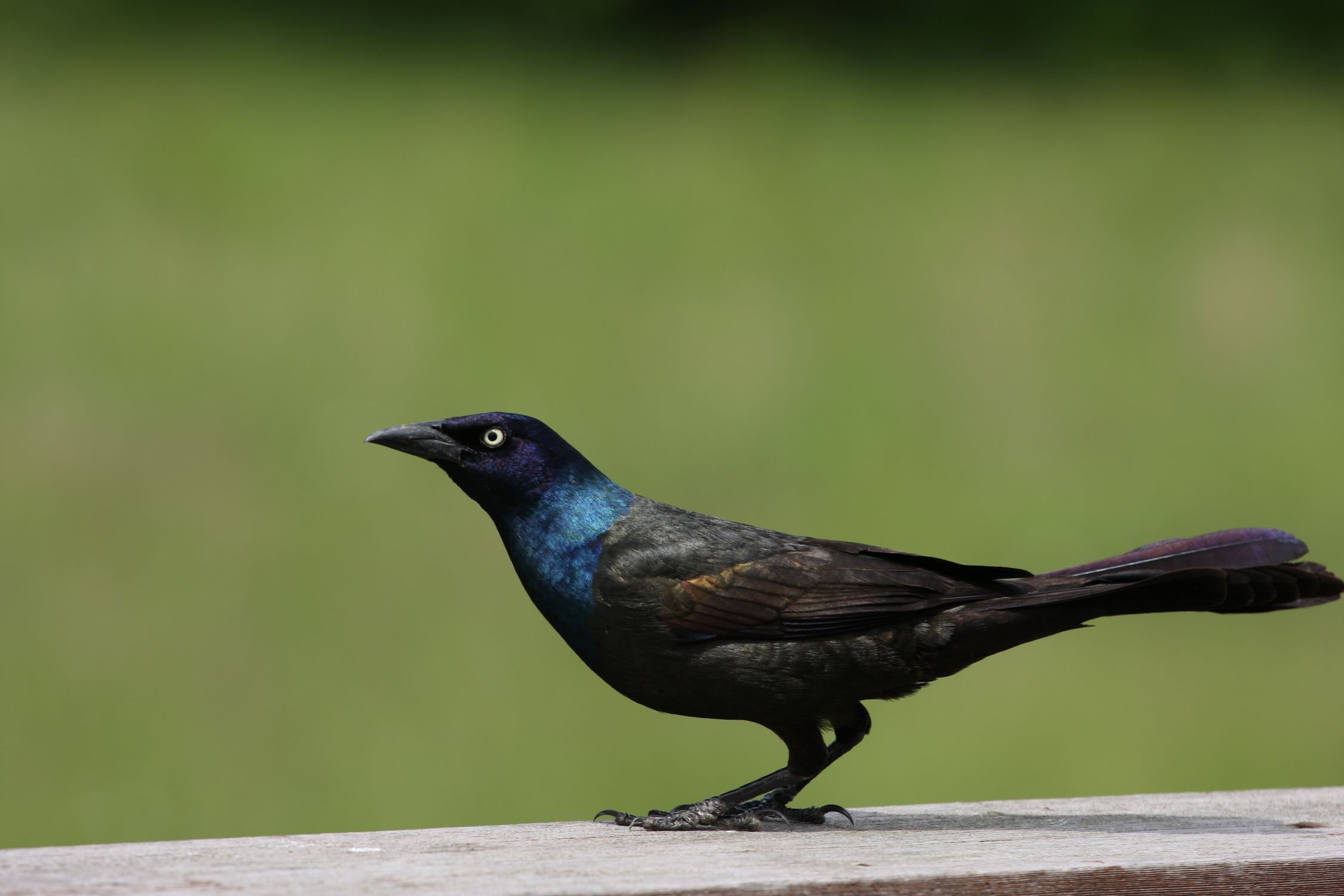

Outdoor Recreation & Activities
How To Keep Grackles Away From A Swimming Pool
Published: February 18, 2024
Learn effective strategies for keeping grackles away from your swimming pool and enjoy outdoor recreation and activities without any interruptions. Discover tips and tricks to maintain a peaceful and bird-free pool environment.
(Many of the links in this article redirect to a specific reviewed product. Your purchase of these products through affiliate links helps to generate commission for Storables.com, at no extra cost. Learn more)
Introduction
Grackles are intelligent and adaptable birds known for their glossy black plumage and iridescent sheen. While they are fascinating to observe in their natural habitat, they can become a nuisance around swimming pools, leaving behind droppings and causing disturbances. In this article, we will explore effective strategies to keep grackles away from swimming pools, allowing you to enjoy a peaceful and clean outdoor environment.
Grackles are highly social birds, often found in large flocks, and are known for their distinctive vocalizations. Their adaptability to various environments and their omnivorous diet make them a common sight in urban and suburban areas. However, their presence near swimming pools can lead to hygiene issues and potential damage to pool equipment.
Understanding the behavior and habits of grackles is crucial in devising effective methods to deter them from congregating around swimming pools. By gaining insight into their attraction to these areas, we can implement humane and sustainable solutions to mitigate their presence without causing harm to the birds or the surrounding ecosystem.
In the following sections, we will delve into the reasons why grackles are drawn to swimming pools and explore natural and commercial approaches to discourage their presence. By incorporating these strategies, you can reclaim your pool area as a tranquil and inviting space for relaxation and recreation. Let's embark on this journey to create a harmonious coexistence between humans and grackles in outdoor settings.
Key Takeaways:
- Grackles are drawn to swimming pools for water, food, and socializing. Using natural methods like plants and decoy predators can deter them without harm, creating a peaceful coexistence.
- Commercial solutions like repellent gels and ultrasonic devices offer effective, humane ways to manage grackle presence. By understanding their behavior, pool owners can create a harmonious outdoor environment.
Read more: How To Keep Wasps Away From A Swimming Pool
Understanding Grackles
Grackles, scientifically classified under the genus Quiscalus, are a diverse group of birds belonging to the icterid family. They are native to North and South America, with several species inhabiting different regions. These birds are known for their striking appearance, characterized by sleek black plumage that exhibits an iridescent sheen, especially when illuminated by sunlight. The common grackle (Quiscalus quiscula) and the boat-tailed grackle (Quiscalus major) are among the most prevalent species in the United States.
One of the most remarkable features of grackles is their adaptability to a wide range of habitats, including urban, suburban, and rural environments. They are highly social birds, often forming large flocks that traverse the skies with synchronized grace. Their distinctive vocalizations, which include a mix of calls, squawks, and whistles, contribute to the lively ambiance of outdoor spaces where they congregate.
Grackles are opportunistic omnivores, displaying a diverse dietary preference that includes insects, fruits, seeds, and small vertebrates. This adaptability allows them to thrive in various ecosystems, from marshlands and agricultural fields to residential neighborhoods. Their foraging behavior is characterized by agility and resourcefulness, as they glean food from the ground, snatch insects in mid-flight, and exploit human-provided food sources.
In addition to their foraging prowess, grackles are known for their intelligence and problem-solving abilities. They exhibit complex social dynamics within their flocks and demonstrate cognitive flexibility in adapting to changing environmental conditions. These traits contribute to their success in urban settings, where they can exploit novel food sources and navigate human-altered landscapes with ease.
Understanding the natural behaviors and ecological roles of grackles is essential in devising effective strategies to manage their presence around swimming pools. By appreciating their adaptability, social structure, and foraging habits, we can implement humane and sustainable methods to deter them from these areas. Through a balanced approach that respects the innate behaviors of grackles while safeguarding human recreational spaces, we can foster coexistence and minimize potential conflicts between these avian inhabitants and pool owners.
Why Grackles are Attracted to Swimming Pools
Grackles are naturally drawn to swimming pools due to several factors that align with their behavioral tendencies and survival instincts. Understanding these attractions is crucial in developing effective strategies to deter them from congregating around these aquatic environments.
1. Water Source:
Swimming pools serve as a readily available water source, especially in urban and suburban areas where natural water bodies may be scarce or inaccessible. Grackles, like many other bird species, require regular access to water for drinking and bathing. The shimmering surface of a pool, coupled with the sound of splashing water, can be particularly enticing to grackles seeking hydration and opportunities for grooming.
2. Foraging Opportunities:
In addition to water, swimming pools offer grackles access to potential food sources. Insects, such as mosquitoes and ants, are attracted to the water and surrounding vegetation, providing a buffet for opportunistic grackles. Furthermore, fallen leaves and debris in and around the pool can harbor small invertebrates, further enhancing the appeal of these areas as foraging grounds for grackles.
3. Social Gathering Spots:
Grackles are highly social birds, often congregating in large flocks to forage, roost, and engage in communal activities. Swimming pools, with their open spaces and nearby perching areas, can serve as convenient gathering spots for these gregarious birds. The presence of other grackles and the opportunity for social interactions can further attract them to these locations.
4. Reflective Surfaces:
The reflective nature of pool surfaces, especially when illuminated by sunlight, can captivate grackles, who are known for their attraction to shiny objects and iridescent displays. The play of light on the water's surface may intrigue grackles, prompting them to investigate and linger in the vicinity of the pool.
5. Nesting and Roosting Sites:
Swimming pools, with their surrounding trees, shrubs, and structures, can inadvertently provide potential nesting and roosting sites for grackles. The elevated vantage points and sheltered nooks near pools may appeal to grackles seeking secure locations for building nests and raising their young, further reinforcing their attraction to these areas.
By recognizing the factors that draw grackles to swimming pools, we can implement proactive measures to mitigate their presence without causing harm to the birds. Through a combination of natural deterrents, habitat modifications, and humane strategies, we can create an environment that discourages grackles from frequenting swimming pools while respecting their ecological roles and behavioral patterns.
Natural Ways to Keep Grackles Away
Implementing natural deterrents can effectively discourage grackles from frequenting swimming pool areas, promoting a harmonious coexistence between humans and these avian visitors. By leveraging non-invasive methods rooted in ecological principles, you can mitigate the presence of grackles without disrupting the surrounding ecosystem. Here are several natural strategies to keep grackles away from swimming pools:
Read more: How To Keep Insects Away From The Patio
1. Strategic Plantings:
Strategically planting bird-deterring vegetation around the pool area can create an inhospitable environment for grackles. Certain plant species, such as prickly shrubs or thorny bushes, can act as natural barriers, dissuading grackles from landing or perching in these areas. Additionally, dense foliage and tall grasses can obscure sightlines, reducing the visibility of the pool and making it less appealing to grackles seeking open spaces.
2. Decoy Predators:
Introducing decoy predators, such as lifelike owl or hawk replicas, near the pool can deter grackles by triggering their instinctual fear response. These visual deterrents create the illusion of potential threats, prompting grackles to avoid the perceived danger zone. Regularly repositioning the decoys can enhance their effectiveness by preventing grackles from acclimating to their presence.
3. Sound and Motion Devices:
Utilizing sound and motion devices, such as wind chimes, reflective tape, or spinning pinwheels, can disrupt the tranquility of the pool area, discouraging grackles from settling in these spaces. The intermittent sounds and movements create an unpredictable and unsettling environment for grackles, prompting them to seek quieter and more stable locations away from the pool.
4. Humane Repellents:
Applying natural repellents, such as citrus-based sprays or essential oil solutions, to the pool surroundings can deter grackles through olfactory aversion. The strong scents of citrus or certain essential oils can act as non-toxic deterrents, creating an unpleasant sensory experience for grackles without causing harm to the birds or the environment.
Read more: How To Keep A Pergola From Blowing Away
5. Habitat Modification:
Modifying the pool environment by minimizing potential food sources and eliminating accessible nesting sites can reduce the attractiveness of the area to grackles. Regular maintenance to remove fallen fruits, seeds, and debris, as well as sealing off potential nesting locations, can disrupt the ecological cues that draw grackles to these spaces, prompting them to seek alternative foraging and nesting sites.
By integrating these natural strategies, you can create an environment that discourages grackles from congregating around swimming pools while preserving the ecological balance of the surrounding landscape. These methods offer humane and sustainable solutions that align with the principles of responsible wildlife management, fostering a peaceful and enjoyable outdoor experience for humans and grackles alike.
Commercial Solutions for Grackle Control
In addition to natural deterrents, commercial solutions offer effective methods for managing grackle presence around swimming pools. These products are specifically designed to deter grackles while minimizing disruptions to the pool environment and surrounding ecosystem. When considering commercial solutions for grackle control, it is essential to prioritize options that are humane, environmentally responsible, and compliant with wildlife protection regulations.
1. Avian Repellent Gels and Sprays:
Avian repellent gels and sprays are formulated to create an aversive surface that discourages birds, including grackles, from landing and perching on treated areas. These products utilize non-toxic compounds that produce tactile discomfort upon contact, prompting grackles to seek alternative locations. When applied to designated perching sites near the pool, such as railings and ledges, these repellents effectively deter grackles without causing harm to the birds or the pool structure.
2. Bird Spikes and Deterrent Devices:
Bird spikes and deterrent devices provide physical barriers that prevent grackles from landing and roosting in targeted areas. These products feature durable materials, such as stainless steel or polycarbonate, configured in a manner that inhibits bird perching without causing injury. By installing bird spikes on ledges, beams, and other potential roosting sites near the pool, these devices create an inhospitable environment for grackles, encouraging them to seek alternative habitats.
3. Ultrasonic Bird Repellers:
Ultrasonic bird repellers emit high-frequency sound waves that are disruptive to grackles and other avian species, deterring them from lingering in the vicinity of the pool. These devices operate within a frequency range that is uncomfortable for birds, prompting them to avoid the treated area without causing harm. Ultrasonic bird repellers offer a non-invasive and humane approach to grackle control, providing continuous deterrence while minimizing human and pet exposure to sound emissions.
4. Visual Bird Scare Devices:
Visual bird scare devices, such as reflective tape, predator decoys, and motion-activated deterrents, leverage visual stimuli to deter grackles from approaching the pool area. The reflective properties of tape and the lifelike appearance of predator decoys create a sense of unease for grackles, prompting them to perceive the pool surroundings as potentially hazardous. Motion-activated deterrents, including water sprayers and noise-emitting devices, further reinforce the aversion response, discouraging grackles from frequenting these spaces.
5. Professional Consultation and Installation:
Engaging professional wildlife management services can provide tailored solutions for grackle control around swimming pools. Wildlife management experts can conduct thorough assessments of the pool environment, identify specific attractants for grackles, and recommend customized strategies for mitigating their presence. Additionally, professional installation of deterrent devices and repellent applications ensures optimal effectiveness while adhering to ethical and regulatory standards for wildlife management.
By incorporating these commercial solutions, pool owners can effectively manage grackle presence while upholding ethical and environmentally conscious practices. These methods offer targeted and sustainable approaches to grackle control, allowing for the peaceful coexistence of humans and grackles in outdoor recreational spaces.
Conclusion
In conclusion, managing grackle presence around swimming pools requires a comprehensive understanding of their behaviors and ecological needs. By recognizing the factors that attract grackles to these aquatic environments, pool owners can implement proactive measures to deter them effectively without causing harm to the birds or the surrounding ecosystem.
Natural deterrents, such as strategic plantings, decoy predators, sound and motion devices, humane repellents, and habitat modifications, offer humane and sustainable solutions to discourage grackles from congregating around swimming pools. These methods align with the principles of responsible wildlife management, promoting a harmonious coexistence between humans and grackles while preserving the ecological balance of the surrounding landscape.
Furthermore, commercial solutions, including avian repellent gels and sprays, bird spikes and deterrent devices, ultrasonic bird repellers, visual bird scare devices, and professional wildlife management services, provide targeted and effective approaches to grackle control. When selecting commercial solutions, it is essential to prioritize options that are humane, environmentally responsible, and compliant with wildlife protection regulations, ensuring the well-being of both grackles and the pool environment.
By integrating natural and commercial strategies, pool owners can reclaim their outdoor recreational spaces as tranquil and inviting environments while respecting the innate behaviors of grackles. These efforts contribute to fostering a peaceful and enjoyable outdoor experience for humans and grackles alike, promoting coexistence and minimizing potential conflicts between these avian inhabitants and pool owners.
In essence, the successful management of grackle presence around swimming pools hinges on a balanced approach that considers the ecological roles of these birds and the recreational needs of humans. By implementing humane and sustainable strategies, pool owners can create a harmonious coexistence with grackles, transforming their outdoor spaces into havens of relaxation and recreation for all inhabitants, avian and human alike.
Frequently Asked Questions about How To Keep Grackles Away From A Swimming Pool
Was this page helpful?
At Storables.com, we guarantee accurate and reliable information. Our content, validated by Expert Board Contributors, is crafted following stringent Editorial Policies. We're committed to providing you with well-researched, expert-backed insights for all your informational needs.
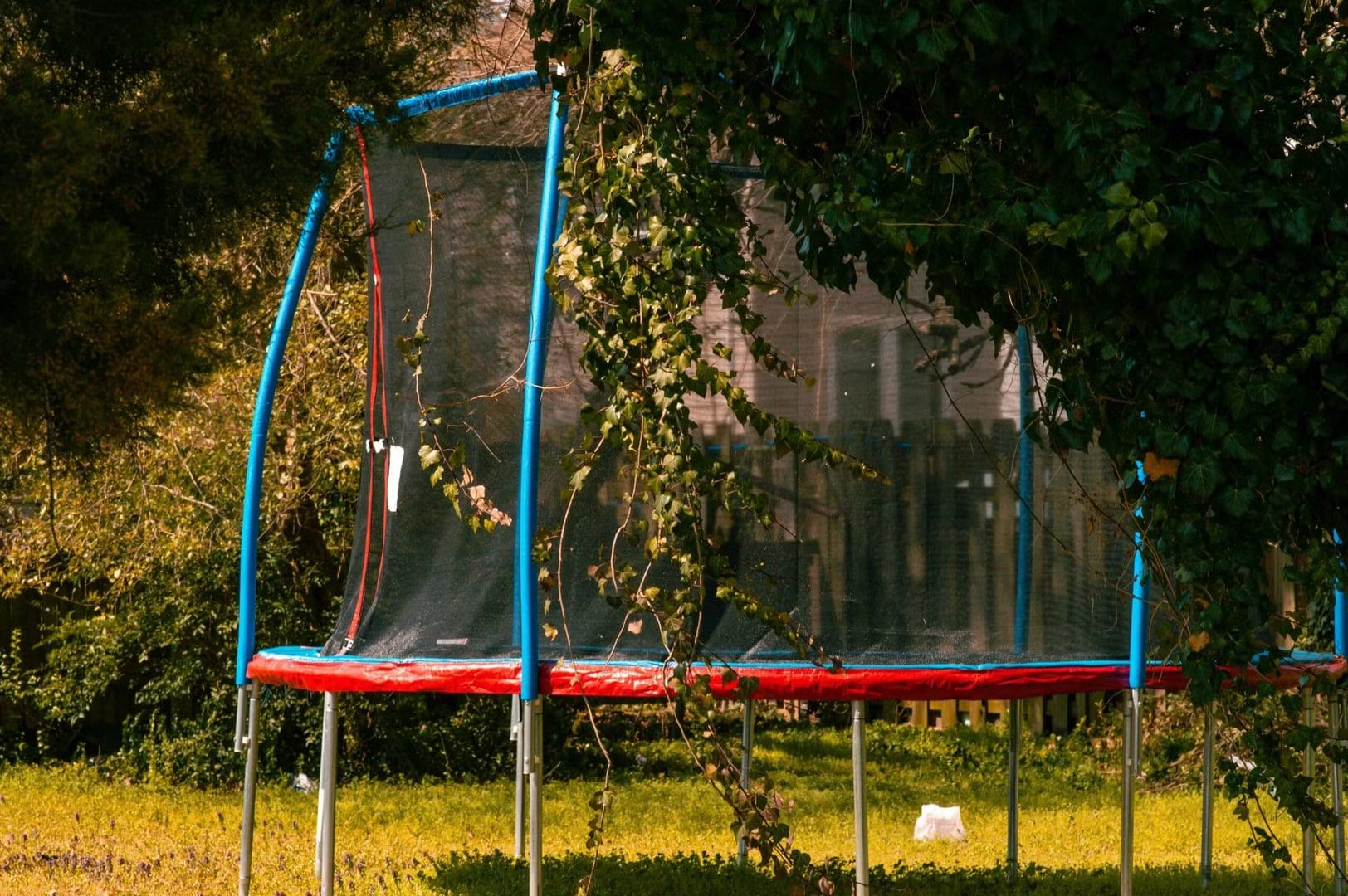
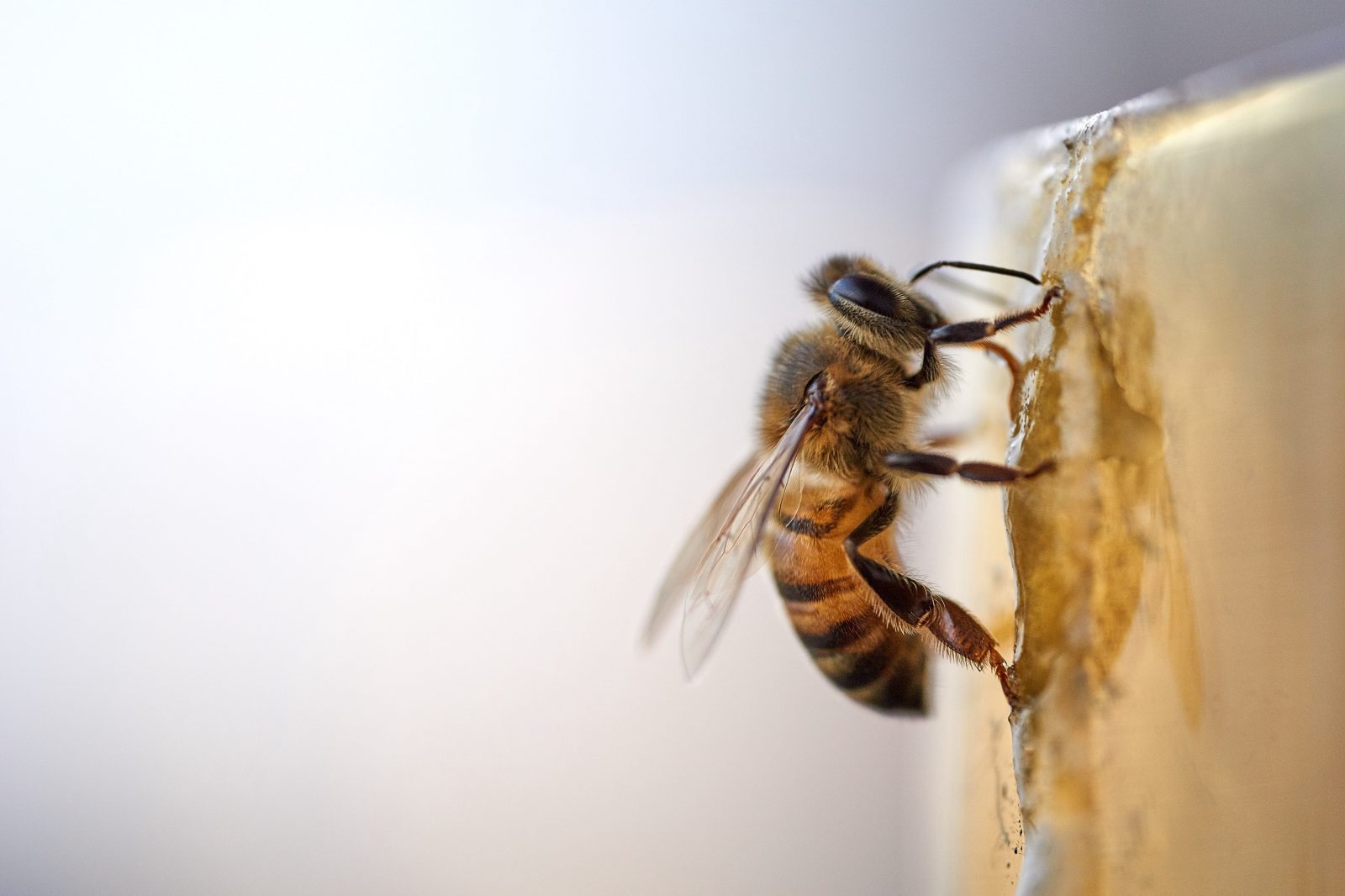
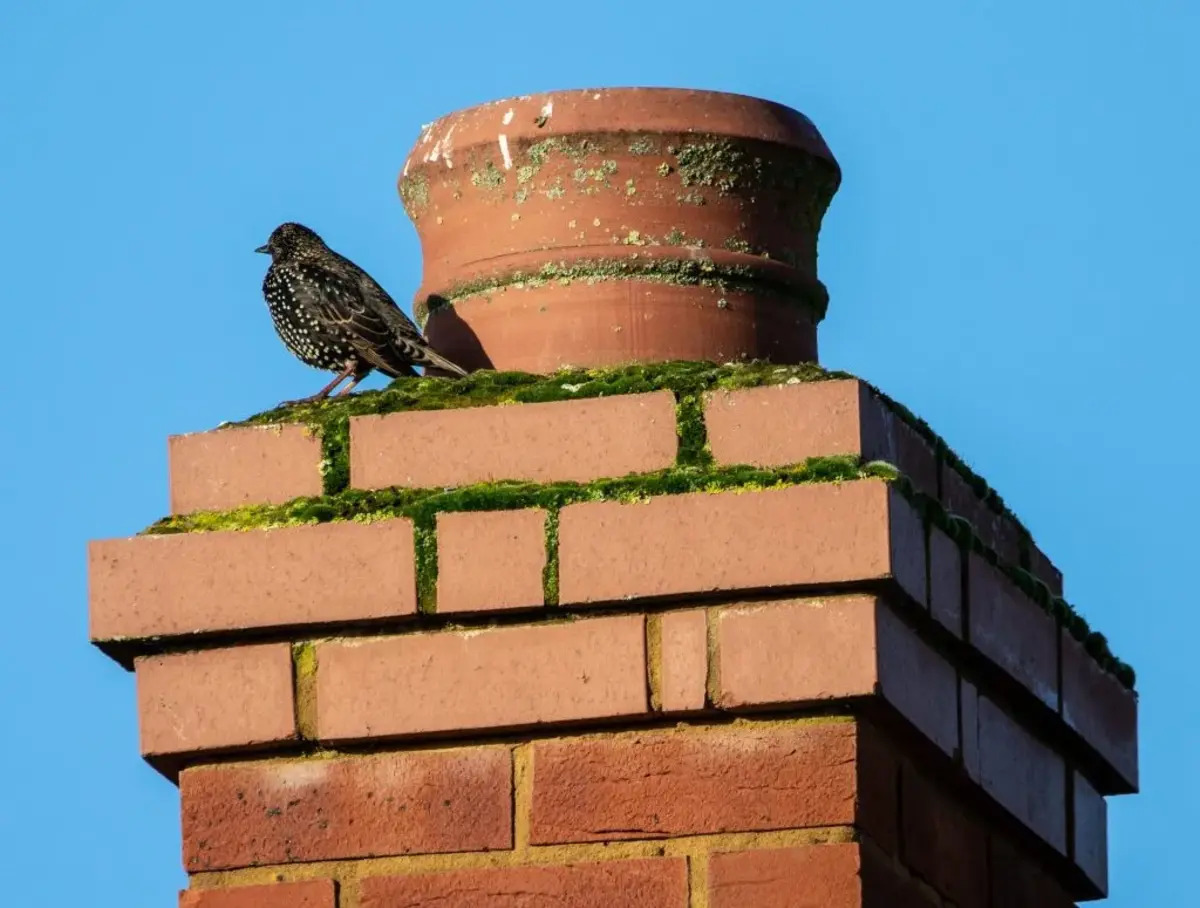

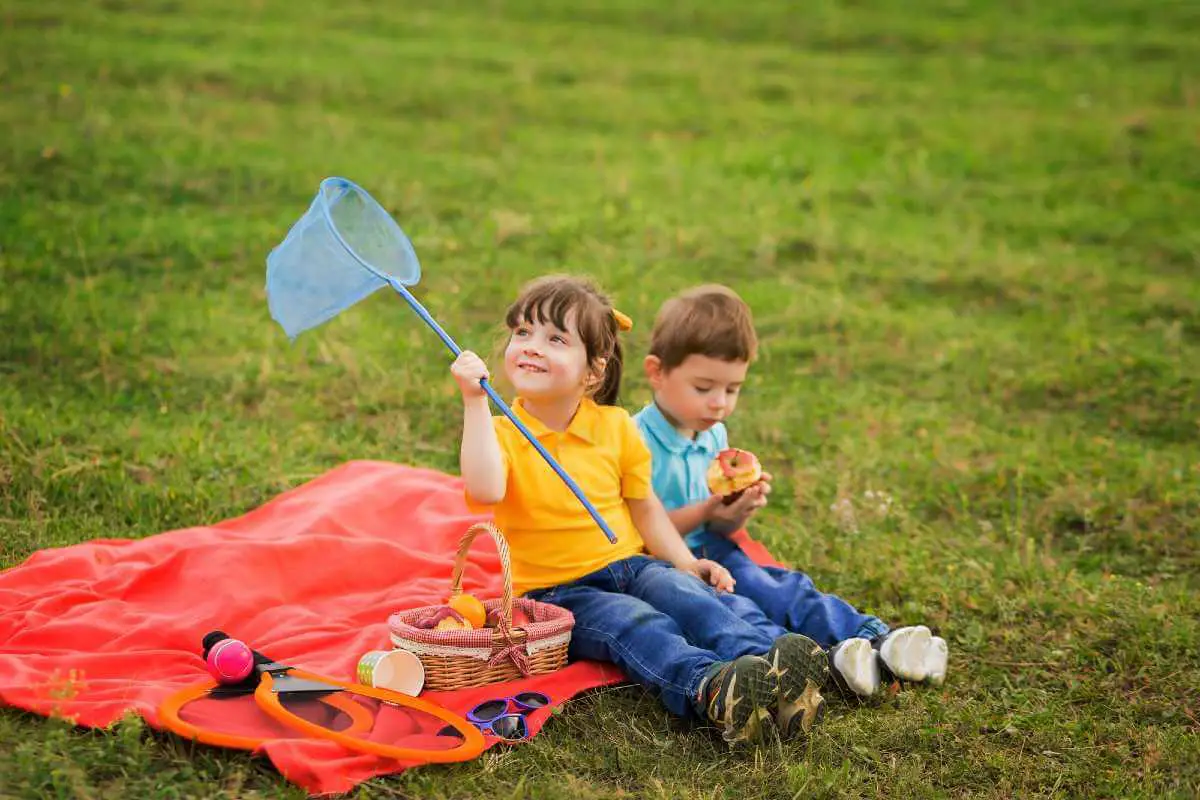
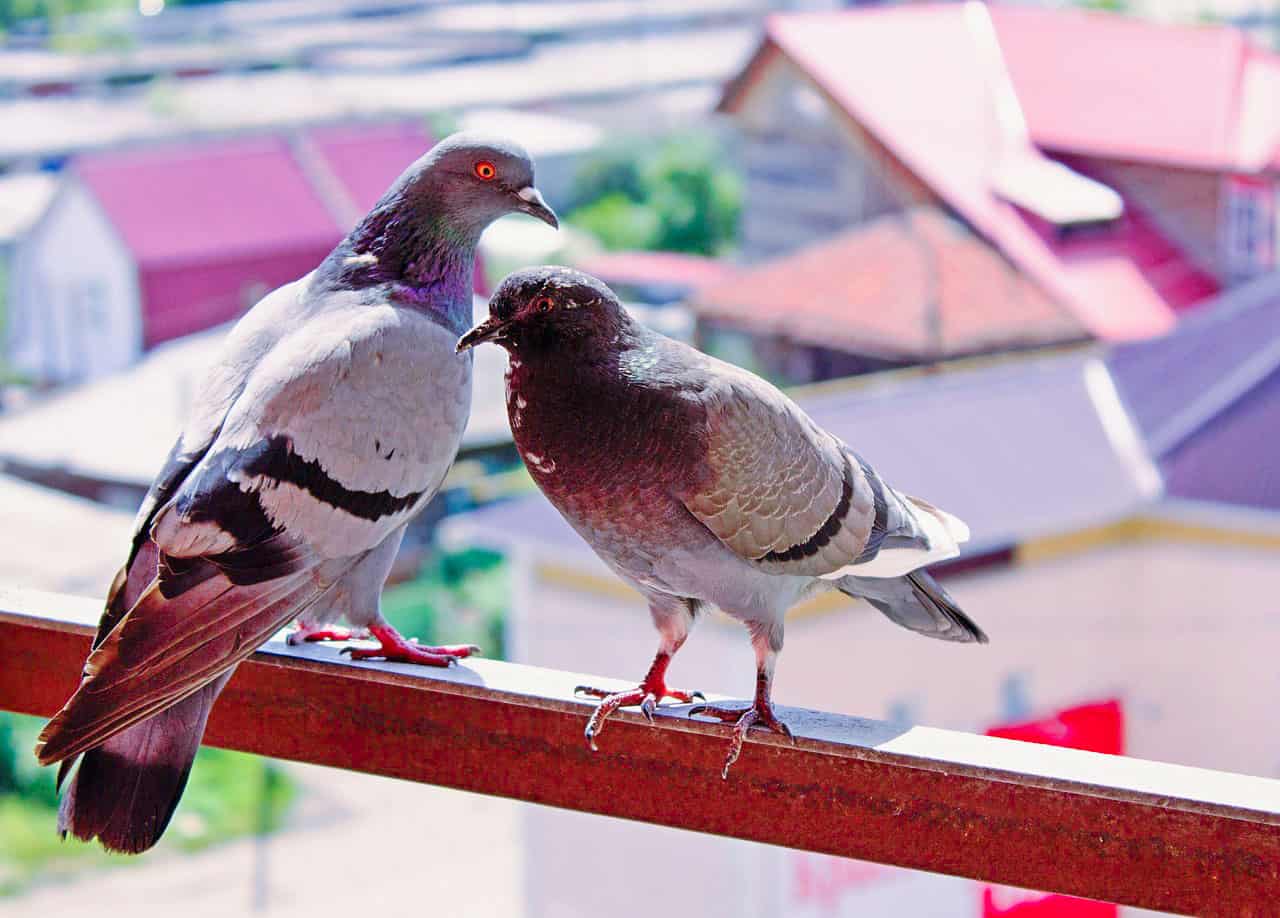
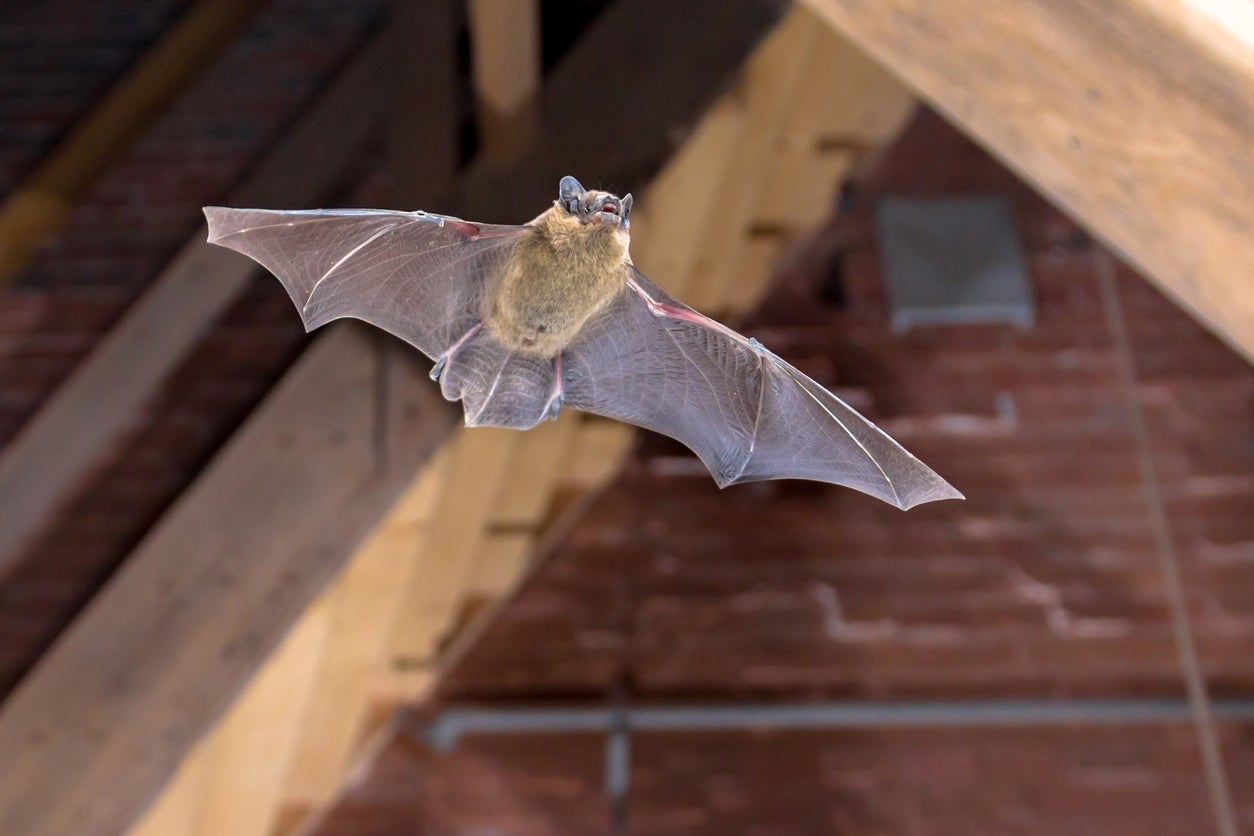

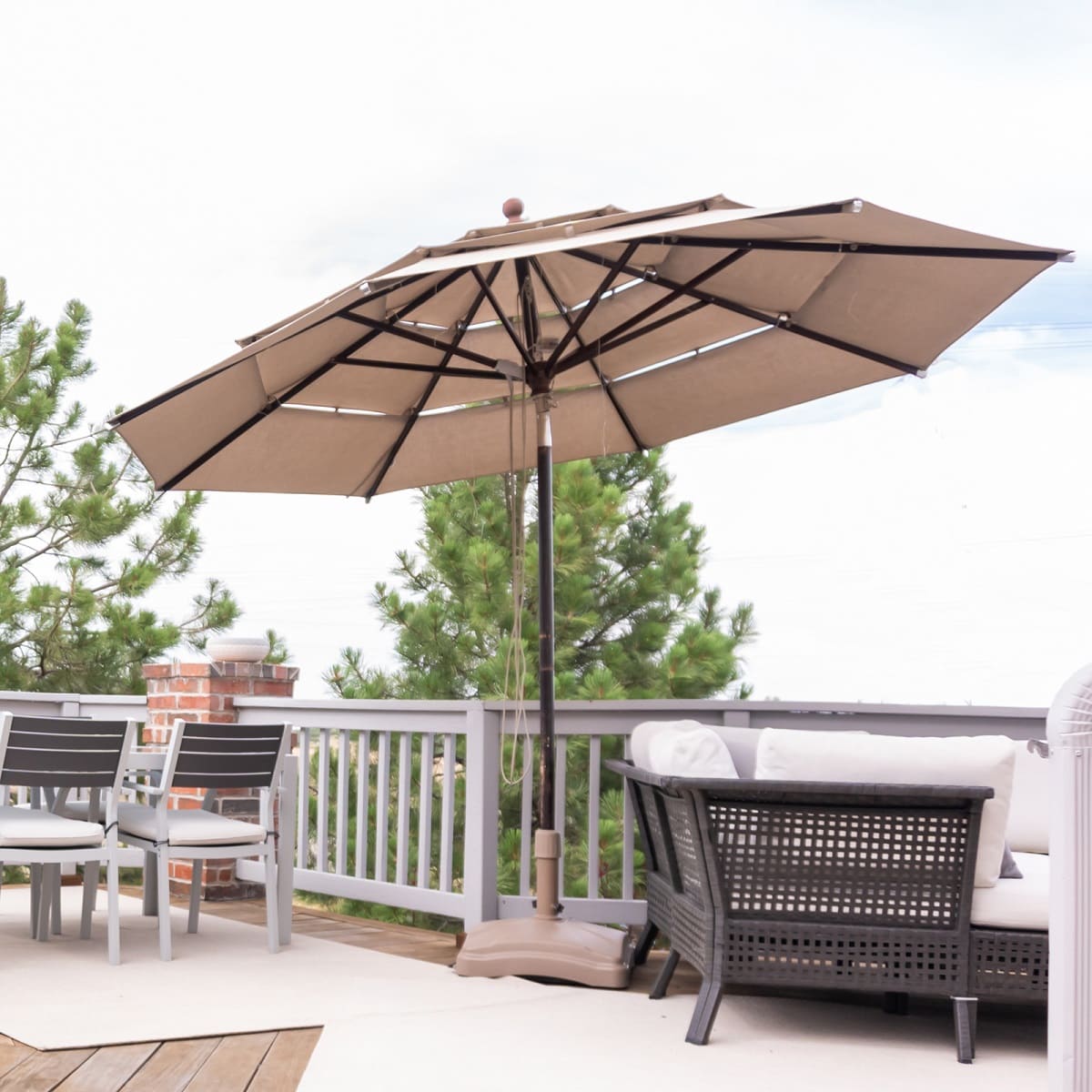
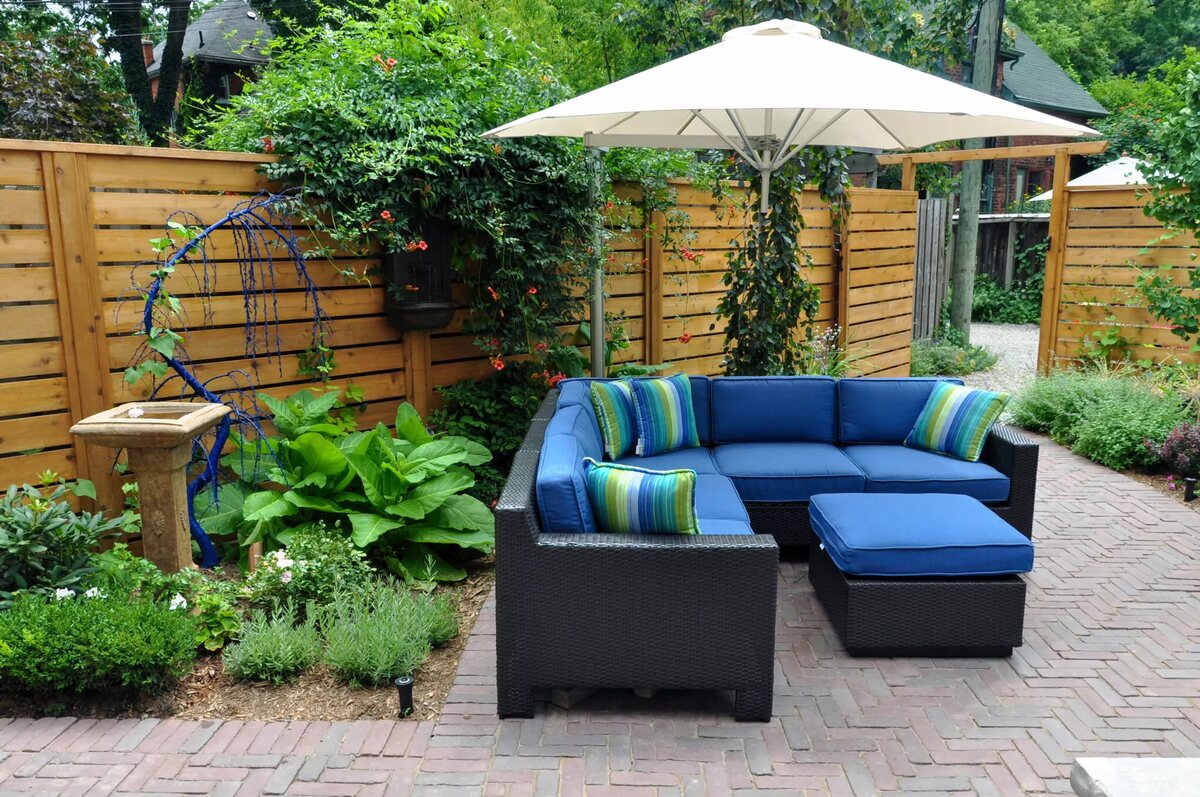
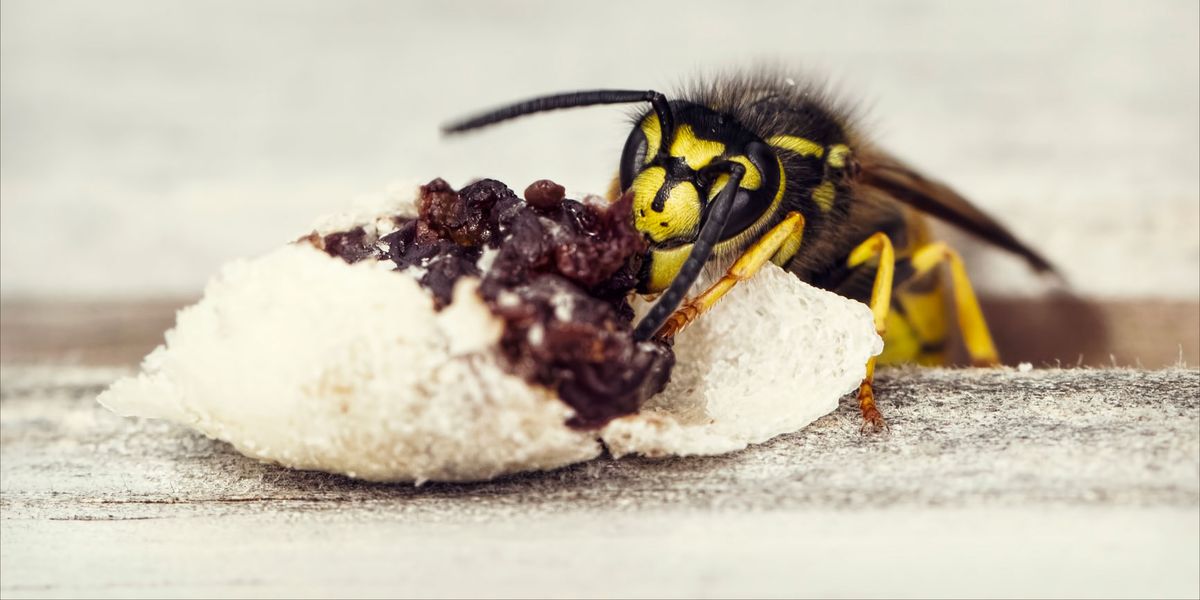

0 thoughts on “How To Keep Grackles Away From A Swimming Pool”